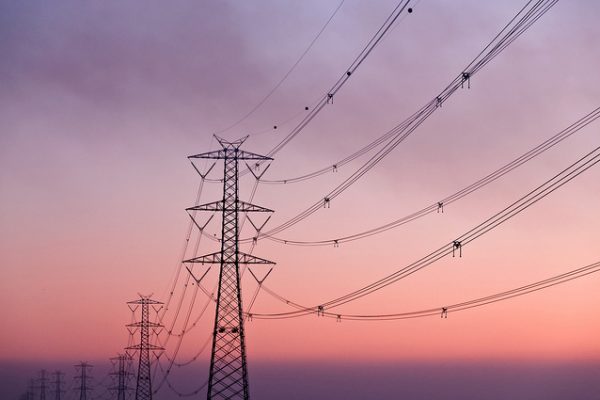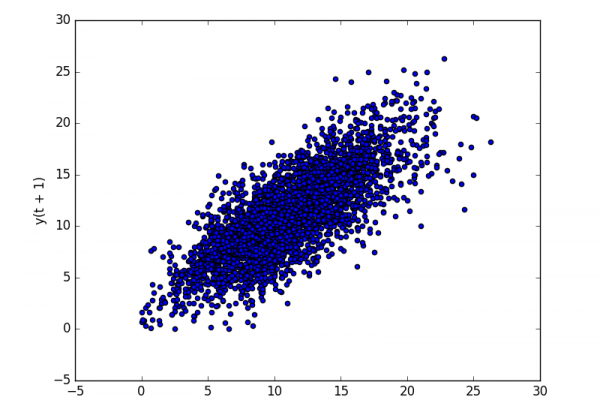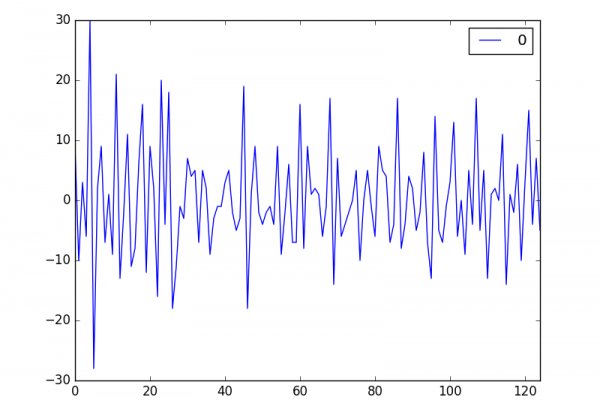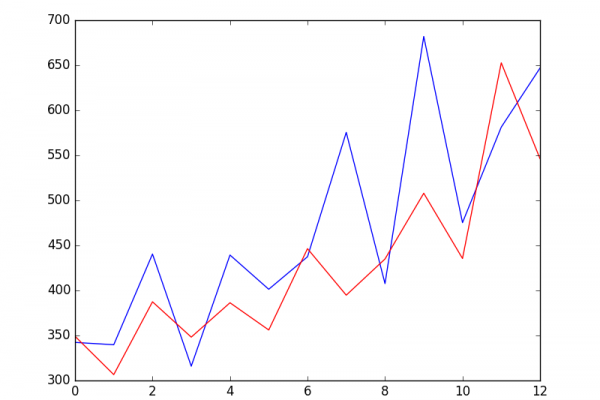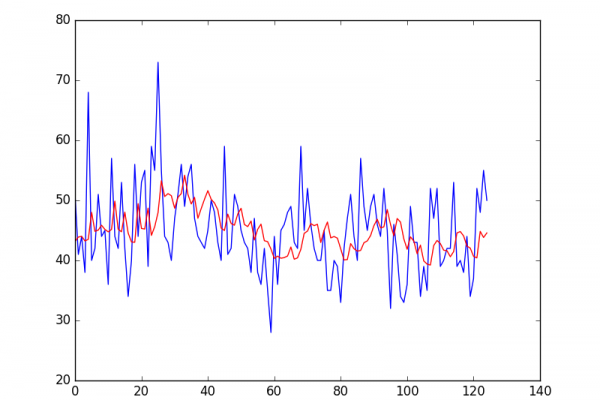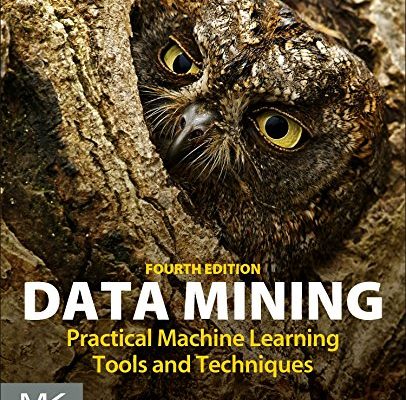Autoregression Models for Time Series Forecasting With Python
Last Updated on August 15, 2020 Autoregression is a time series model that uses observations from previous time steps as input to a regression equation to predict the value at the next time step. It is a very simple idea that can result in accurate forecasts on a range of time series problems. In this tutorial, you will discover how to implement an autoregressive model for time series forecasting with Python. After completing this tutorial, you will know: How to […]
Read more